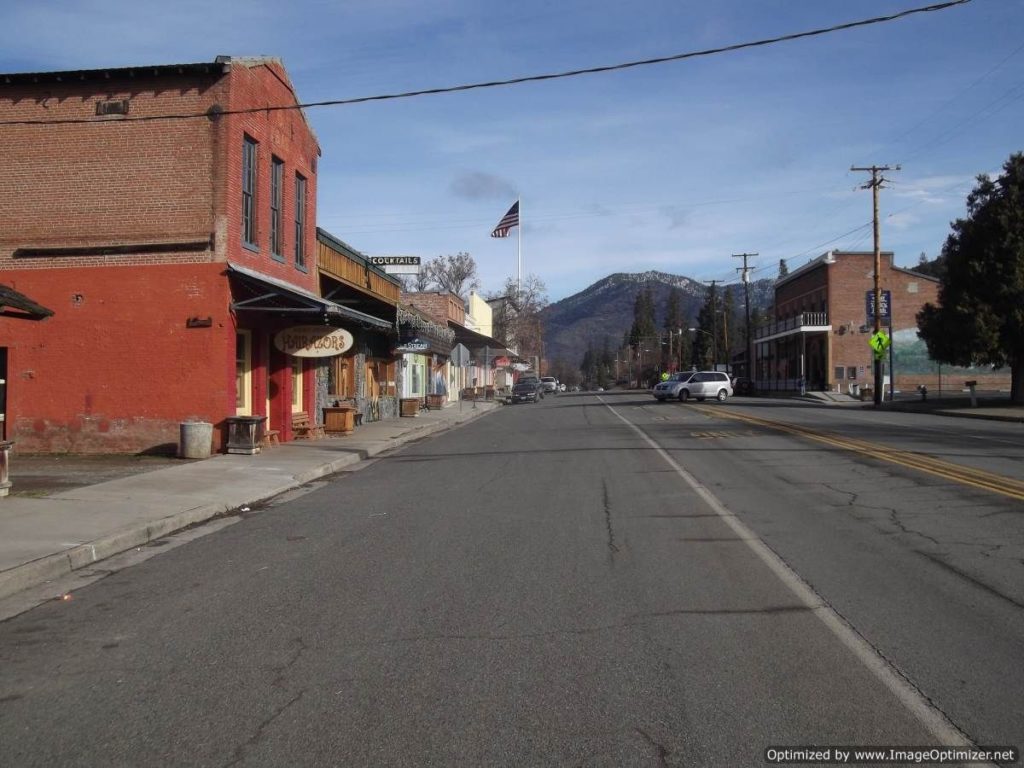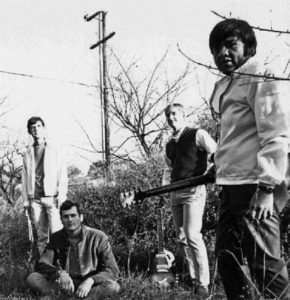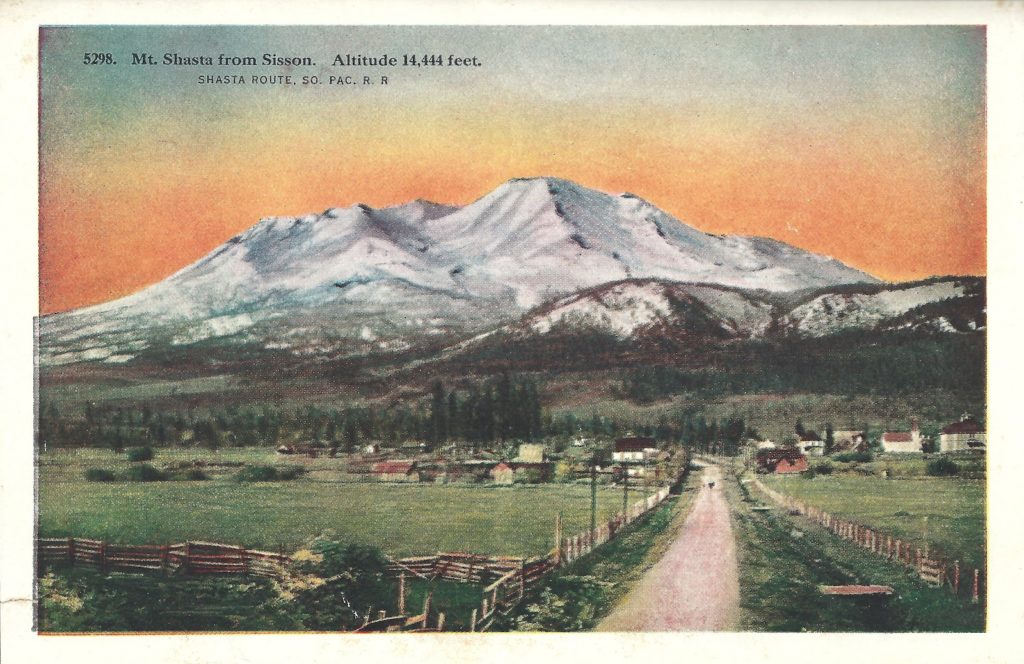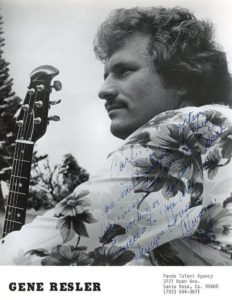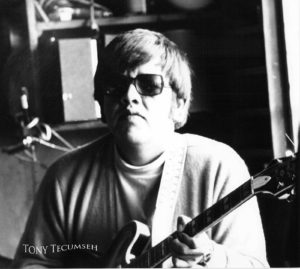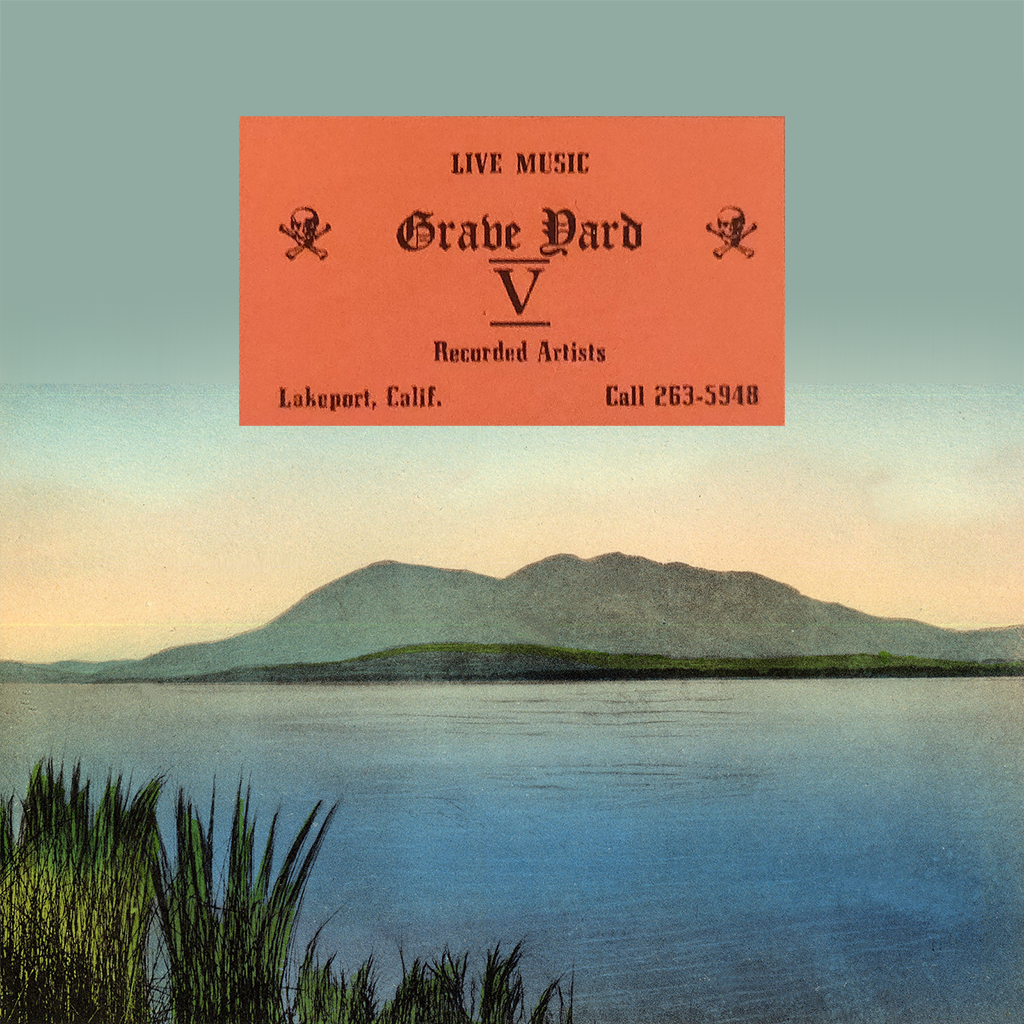
This fabled Lake County outfit’s sole 45 was written on a literal dark and stormy October night in Lakeport’s Hartley Cemetery.
The morbid B-side “the Marble Orchard” retells a night when writers Louie Shriner and Steve Kuppinger were hanging out in the graveyard, nursing a bottle of Thunderbird. The startling sound of footsteps by the headstones interrupted their festivities. The guys heard a “wolf-type howl” and lost it. You can practically see Shriner’s trembling hands reach for a cigarette.
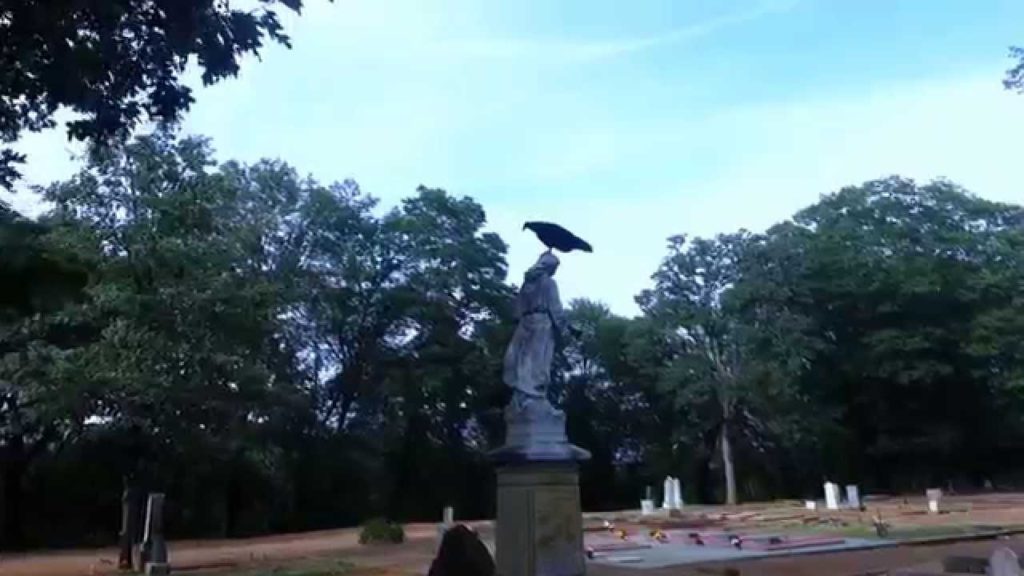
The Graveyard V was comprised of Louis Shriner (lead guitar, vocals), Steve Kuppinger (bass guitar, vocals), Dave Tempelton (drums), and Dennis Roller (rhythm guitar).
At live shows they brought a coffin up with them on stage, the outfit’s fifth “member”. A face-painted friend, or even live bats, would burst out mid-set, and a band member would jump in, finishing a song screaming with the lid closed.
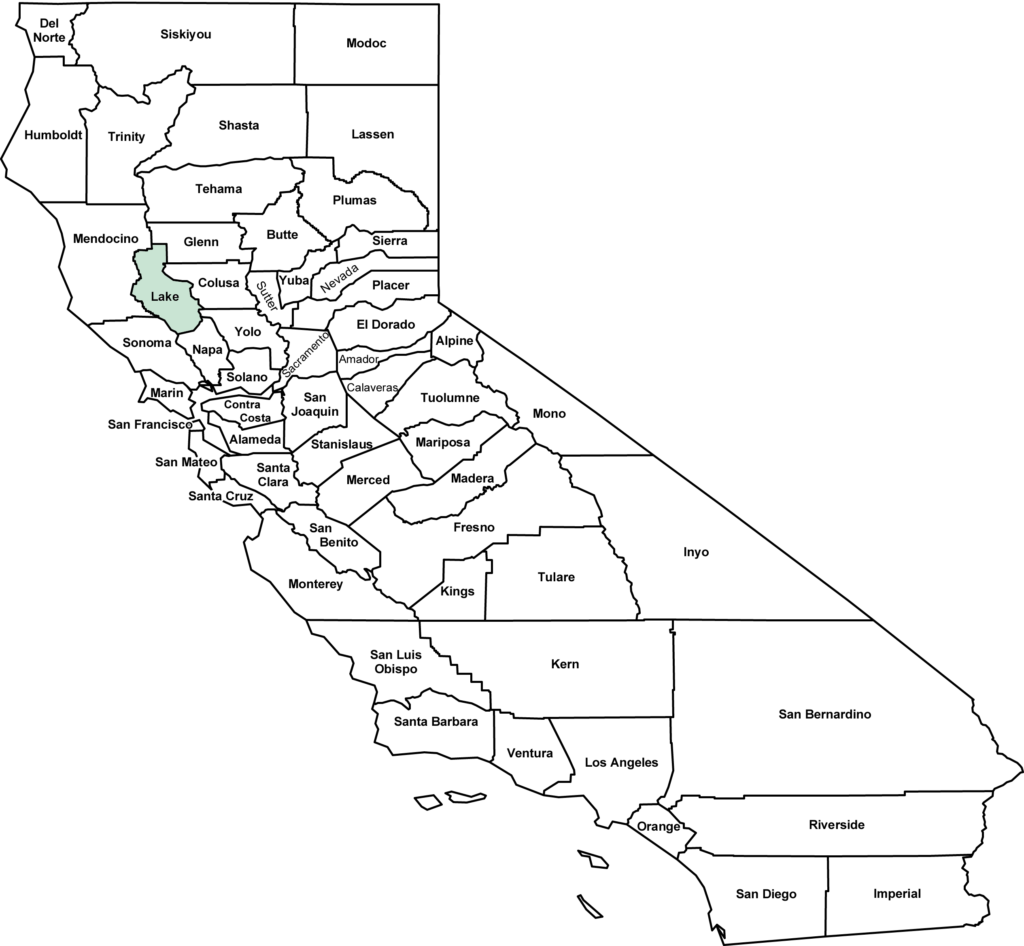
The band was formed by local songwriters Shriner and Kuppinger, who met on a summer job picking apricots. “[Louie] was sleeping in the trunk of his brother’s car,” Kuppinger recalls. “I ran into him in the restroom one day. He was trying to comb his hair and used almost a whole can of hair spray. We started talking and one thing led to another. We both played six-string so we made a deal to get together when we got back to Lake County. The band started that night at my house. He came over, and we played Beatles and Ventures songs, and a lot of oldies.”
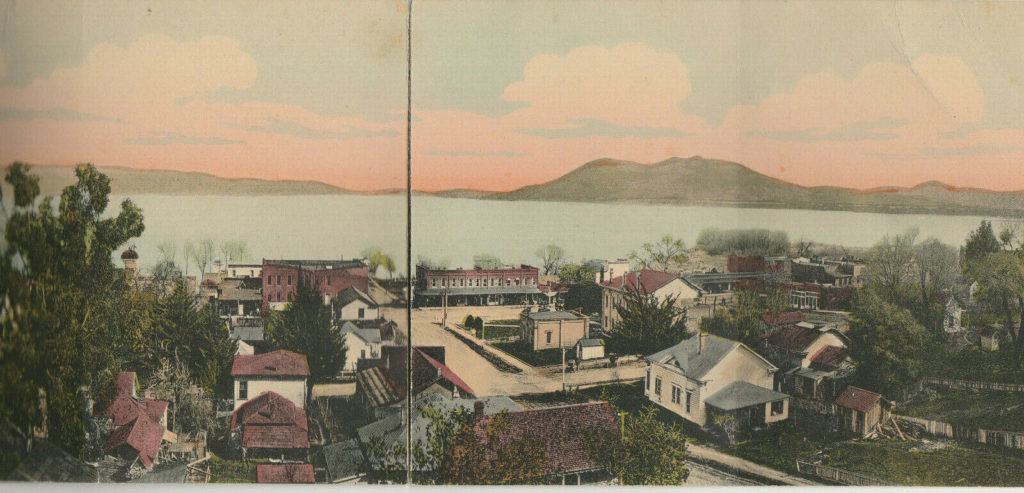
The Graveyard V was part of a small scene of bands from towns surrounding Clear Lake, a Northern California vacation destination. The Raising Young, a Native American band from Lakeport, and March Hare from Kelseyville also played in the area, along with rural north coast bands like the Dream Merchants from Fort Bragg. The band played miniature golf courses & a local bar called the Monkey Cage, as well as “a lot of redneck bars where they just were not ready for us. We had fights on the stage and had beer bottles thrown at us while we played. It was some really hard work for very little pay.” says Kuppinger.
They also had a sizable following in Redding, CA, where they headlined a show for 1,000 people. After shutting down local Kelseyville rivals March Hare at a battle of the bands — and winning a recording contract with Stan Sweeney’s Roseville label Stanco — the crowd lost it: “There was almost a riot that night when we won. Everyone from Kelseyville just went to pieces, and there was a big fight. But we got the recording contract!”
A Ouija board gave the band its name. “Louis and I sat down and we asked the board to prove itself. We turned off all the lights. Our hands got icy cold and we heard someone walking outside the window in the gravel. There was no one there.”
The A side of the single, “The Graveyard Theme”, a blown-out 60s garage instrumental, was played using a Maestro Fuzz-Tone pedal lifted from the Jefferson Airplane by “light fingered” Louie Shriner at their show together on Cobb Mountain.
“In the early part of the band we made our own light show. We took a tire rim, and welded a leg on an electric motor. We then welded it three feet out from the motor to hold three colored lights. We cut out a round piece of plywood with an arching slot in it. As the plywood spun it was like a three colored strobe; the faster it went the better it looked.”
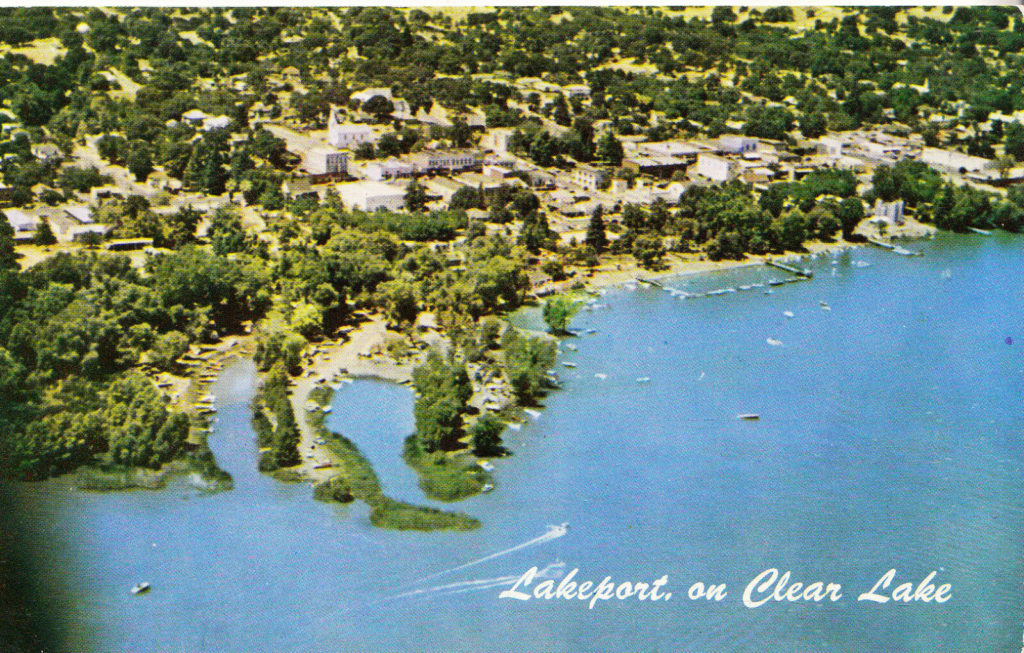
Lake County is a weird place. I went to Konocti a few times as a kid in the 90s. The vibe was Bud Light, chaw, and speedboats. 38 Special was playing. The parking lot was a sea of cowboy hats and warm beer.
The area also has a darkness to it. From the earliest days of white colonization, with the 1850s Bloody Island Massacre of native Pomo women and children by the US Army Corps of Engineers, into more recent years, with the largest fire in California history, a meth pandemic, and extreme poverty that define the area.
Clear Lake is also steeped in the supernatural — Clear Lake Oaks locals tell stories about seeing a “pig man” running around the hills of High Valley Ranch above the school in the 80s. The Pomo have legends of a “donkey man” appearing on the reservation, and the “little people” who inhabit Mount Konocti — shadow-like creatures scampering through their homes like mice.
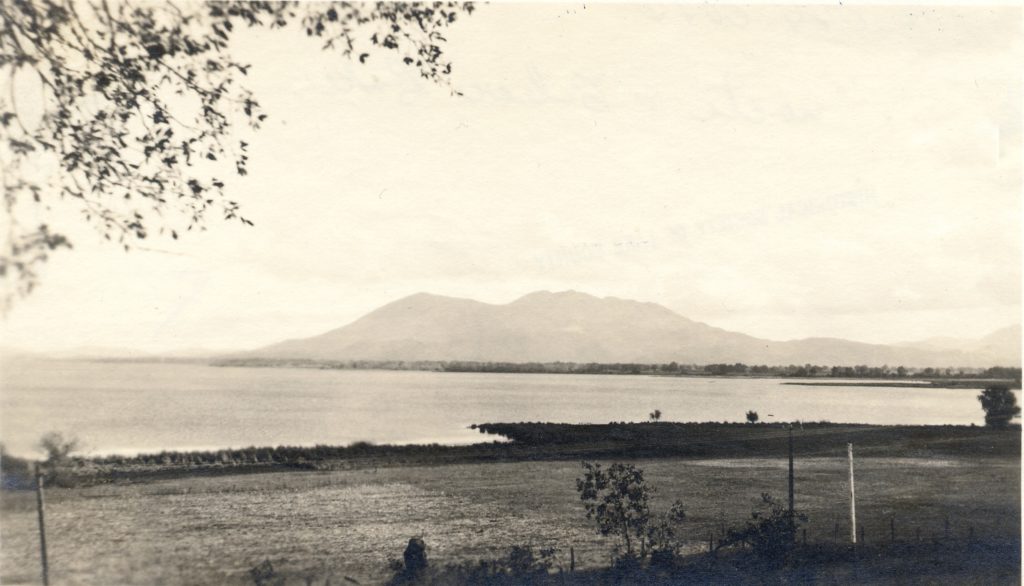
Likewise, the Graveyard V was also no stranger to the otherworldly.
“I remember every time the band went into the recording studio the engineer used to curse us because he couldn’t get the place warm. He told us once that 30 minutes before we came in the place was nice and warm, but the minute we got there and set up the temperature went down. I remember being able to see my breath while I was singing back up. Then there was that growl on Marble Orchard. I think that whatever it was must have followed us when we left the cemetery, and I think it stayed with us everywhere we went. It seemed that no matter where we were it was always cold; all the girls that went with us wore coats all the time.”
Shriner’s increasingly erratic behavior, accelerated by large amounts of LSD, led to the band’s dissolution. After pulling a gun on his bandmates, Louie decamped to Florida with his then wife, Kuppinger’s sister. It was there that he tossed the master tapes of the Graveyard V’s followup album, including the legendary sophomore single “Stay Away From My Grave,” into an alligator infested canal. “He then threw his big extension speaker in, got on top of it and paddled around with his guitar.”
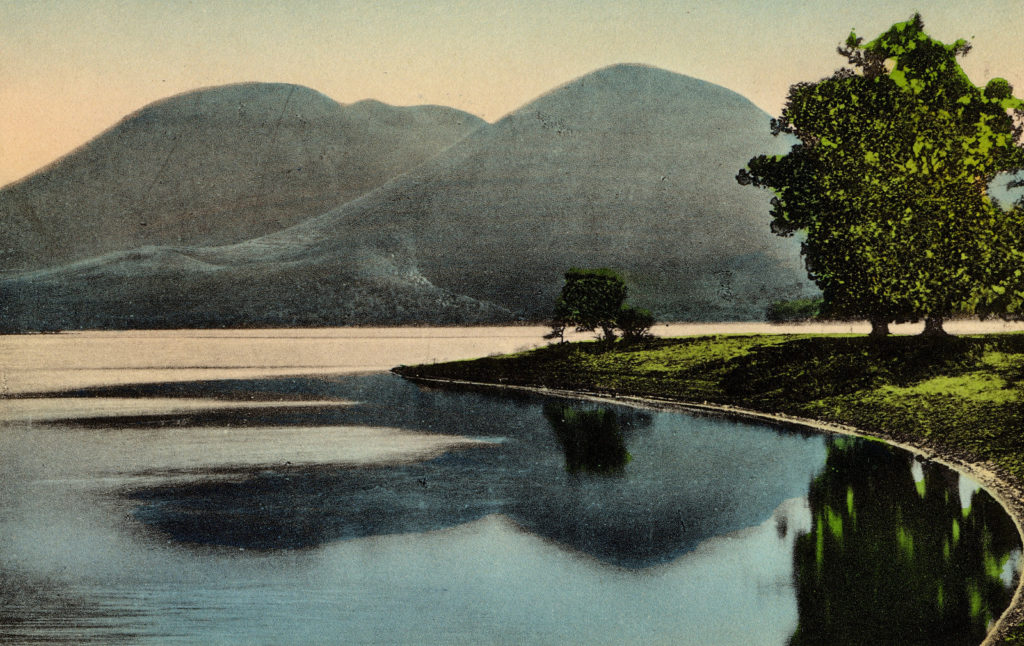
“There was something very strange that followed that band, and I think took its toll on Louis,” Kuppinger says. “I think it has hit all of us: Dave is in prison and, hell, Louis might even be dead by now. The last time I talked to him he was very bad off. And I haven’t gotten away clean. Thirty years ago Reflex Sympathetic Dystrophy hit me, and the doctors have been trying to control the pain ever since. There is no cure. The only one I do not know about is Dennis Roller, but he did get burned very bad — on both arms, his chest and his back. Almost all of his little finger was burned off. So I think all of us has been hit by whatever it was that followed us around. Sometimes when it is really late and stormy I can still feel it, almost like it is waiting out in the dark for me to start another band.”
Sources:
- “Up From The Grave” (Frantic Records, 2009) liner notes written by Alex Palao
- Interview with Steve Kuppinger via Beyond the Beat Generation, by Mike Dugo, originally for the now defunct 60sgaragebands.com
